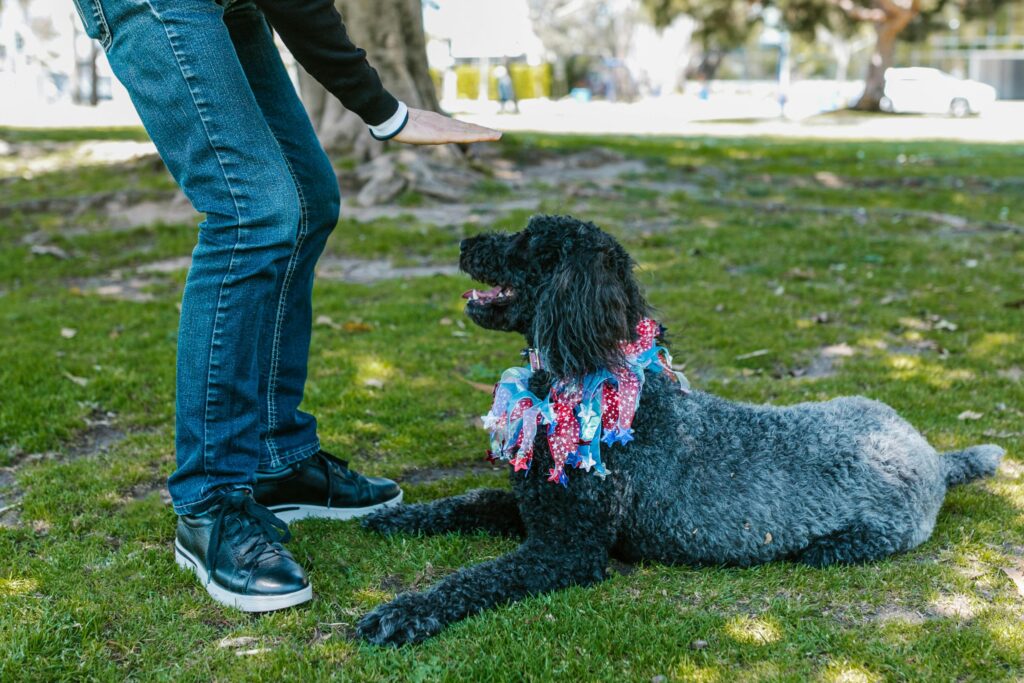Ever felt like your emotional support dog just doesn’t “get it”? You’re not alone. Training a dog can be a rollercoaster, especially when you’re relying on them for emotional stability. But here’s the good news: using positive reinforcement techniques is like turning that chaos into a harmonious symphony. Let’s dive into how you can transform your furry friend into a well-behaved companion.
In this guide, we’ll cover:
- Why positive reinforcement works better than punishment.
- A step-by-step training plan tailored for emotional support dogs.
- Tips and tricks to keep the process fun (and frustration-free).
- Real-life success stories of dogs trained with love and snacks.
- Your burning FAQs answered by yours truly.
Table of Contents
- Key Takeaways
- The Problem with Traditional Training Methods
- Step-by-Step Guide to Positive Reinforcement
- Pro Tips for Success
- Success Stories: Real Dogs, Real Progress
- Frequently Asked Questions
- Conclusion
Key Takeaways
- Positive reinforcement boosts confidence and strengthens bonds between you and your dog.
- Reward-based training reduces anxiety in emotional support animals.
- Consistency and patience are non-negotiables in effective training.
The Problem with Traditional Training Methods
“Well, back in my day, we trained dogs with a firm hand!”—said every grumpy grandparent ever. And guess what? It didn’t always work. Harsh methods often lead to fearful or confused dogs, which is the last thing you need from an emotional support animal.
I once tried yelling at my pup for chewing up my favorite shoe. Big mistake. All I got was those sad puppy eyes and zero change in behavior. What did work? A pocketful of treats and some strategic praise. That’s why understanding positive reinforcement isn’t just about kindness—it’s about results.

Figure 1: A side-by-side comparison of outdated vs. positive reinforcement techniques shows clear benefits.
Step-by-Step Guide to Positive Reinforcement
Alright, grab your treat pouch because here’s where the magic happens. Follow these steps to create a happy, obedient emotional support dog:
Step 1: Identify What Motivates Your Dog
Some dogs live for food, while others go bonkers over toys or belly rubs. Figure out their “currency” and use it wisely.
Step 2: Teach Basic Commands Using Rewards
Start simple: sit, stay, come. Reward immediately after they perform the desired action. Timing is everything!
Step 3: Add Emotional Context
For emotional support dogs, commands should extend beyond obedience. Teach them cues like “snuggle” or “calm,” paired with soothing words.
“Optimist You:” “It sounds so easy!”
“Grumpy You:” “Yeah, until you realize Fido prefers couch cushions over commands.”
Pro Tips for Success
- Be Consistent: Use the same words and gestures for each command.
- Keep Sessions Short: Puppies have short attention spans; aim for 5–10 minutes max.
- Avoid the “No!” Trap: Instead of punishing bad behavior, redirect to something positive.
Terrible Tip Disclaimer:
Do NOT try punishing your dog during training—it’ll only break trust.
Success Stories: Real Dogs, Real Progress
Meet Max, a golden retriever who used to bark endlessly at strangers. His owner switched to reward-based training, focusing on calm interactions. Within weeks, Max was greeting everyone with wagging tails instead of incessant barking.

Figure 2: Max went from anxious barker to chill companion thanks to positive reinforcement.
Frequently Asked Questions
Q: How long does it take to train an emotional support dog?
A: Consistent daily practice usually yields noticeable changes within 4–6 weeks.
Q: Can I use clicker training as part of positive reinforcement?
A: Absolutely! Clickers help signal exactly what behavior earned the reward.
Q: What if my dog isn’t motivated by treats?
A: Experiment with other rewards like playtime or verbal praise.
Conclusion
Training your emotional support dog with positive reinforcement techniques is all about building trust, one treat at a time. By focusing on rewards rather than punishment, you’re creating a lifelong bond—and let’s face it, no one likes a cranky dog.
So, are you ready to tackle training with newfound optimism? Remember, every small victory counts, even if it feels more like herding cats some days.
Like a Tamagotchi, your emotional support dog needs daily care—but hey, the payoff is endless cuddles and unconditional love.


